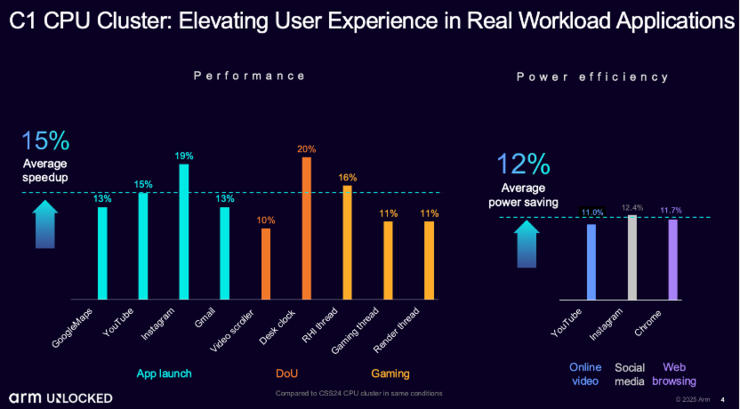Shocked! Social media giant exposed for generating billions of yuan in fraud and illegal advertising revenue last year, becoming an important pillar of the global ‘fraud economy’! The US Securities and Exchange Commission is investigating, and the company responds: there aren’t that many.

Recently, multiple internal documents of Meta have been exposed, revealing that approximately 10% of the social media giant’s total annual revenue for 2024 ($16 billion, approximately RMB 114 billion) is suspected to come from fraudulent activities and prohibited product advertisements, sparking widespread attention.
Meta spokesperson Andy Stone responded that the relevant documents have a “one-sided perspective” and the 10.1% revenue share is a “rough and overly inclusive estimate”.
Click on fraudulent ads or be pushed more of these ads
Has become an important pillar of the global ‘fraud economy’
These previously undisclosed documents also show that the social media giant failed to identify and block a large number of advertisements for at least three years, exposing billions of users on its social media platforms Facebook, Instagram, and WhatsApp to fraudulent e-commerce and investment scams, illegal online casinos, and the promotion of prohibited medical products.
A document from December 2024 stated that Meta’s platforms display an average of approximately 15 billion “high-risk” scam ads to users per day – ads with clear signs of fraud. Another document by the end of 2024 shows that Meta earns approximately $7 billion (approximately RMB 50 billion) in annualized revenue annually from such fraudulent advertisements.
The document shows that most fraudulent activities stem from suspicious actions by advertisers, which should have triggered Meta’s internal warning system. But the company only bans marketers when its automated system predicts a fraud probability of over 95%. If the system determines that the probability is low but still believes that the advertiser is suspected of fraud, Meta will impose penalties by increasing advertising rates, with the aim of preventing suspicious advertisers from placing ads.
The document further points out that due to Meta’s personalized advertising system pushing ads based on user interests, users who click on fraudulent ads are likely to see more of these types of ads.
The document also shows that Meta’s internal research indicates that its products have become an important pillar of the global ‘fraud economy’. The presentation by its security team in May 2025 estimated that the company’s platform was involved in one-third of fraud cases in the United States. Meta also acknowledges in other internal documents that some major competitors have done better in cleaning up platform fraud.
In April 2025, an internal evaluation report on active platforms for scammers concluded that ‘it is easier to advertise fraud on Meta platforms than on Google’. The document does not elaborate on the basis of the conclusion.
Meta response: The actual proportion is lower
The US Securities and Exchange Commission is investigating
In response to the media’s aforementioned revelations, Meta spokesperson Andy Stone stated in a statement that the documents seen by the media “present a selective perspective that distorts Meta’s strategy to address fraud and scams.
He pointed out that the conclusion that the company’s internal estimate of 10.1% of revenue in 2024 will come from fraud and other illegal advertising is “too rough and too broad in scope”. He explained that the company’s subsequent verification found that the actual proportion was lower because the estimate included a “large number” of legal advertisements. However, he refused to disclose the latest data.
The evaluation was conducted to validate our planned integrity investments – including investments to combat fraud and scams – and we have indeed done so, “Stone added.” We actively combat fraud and scams because people on our platform do not want this content, legitimate advertisers do not want it, and we do not want it either
The disclosure of these documents comes at a time when global regulatory agencies are pushing Meta to take more measures to protect users from online fraud. According to internal documents, the US Securities and Exchange Commission is investigating Meta’s release of financial fraud advertisements.
The UK regulatory agency also disclosed last year that 54% of losses related to payment fraud in 2023 were related to Meta products, which is more than twice the total of all other social platforms combined.
Net profit plummeted by 83%, stock price plummeted
Steady growth in advertising business, strong investment in AI
At the end of October, Meta released its third quarter financial report for 2025. Despite achieving a 26% year-on-year increase in revenue, its net profit sharply decreased by 83%, causing its stock price to plummet by 11.33%, setting a record for the largest single day decline in three years and evaporating its market value by $214.7 billion. This is also the second largest daily market value loss in Meta’s history, after February 3, 2022.
Meta’s third quarter revenue reached $51.24 billion, a year-on-year increase of 26%, indicating that its core advertising business continues to maintain steady growth.
The company’s net profit for the quarter plummeted to $2.71 billion, with diluted earnings per share of only $1.05, mainly due to a one-time non cash income tax expense of $15.9 billion brought by the new US tax law.
Meta CFO Susan Lee explained during the earnings call that this is a one-time accounting treatment that “does not involve actual cash outflows” and will bring significant cash tax savings to the company in the future. If income tax is excluded, Meta’s actual tax rate for the third quarter is about 14%, and its adjusted net profit can reach $18.6 billion.
The financial report shows that the AI arms race of tech giants has entered a white hot stage. Meta continues to maintain high investment in AI. The company announced that its capital expenditure for 2025 is expected to reach $70-72 billion, an increase from the previously expected range of $66 billion to $72 billion. It also expects the total expenditure growth rate to “significantly exceed 2025” in 2026, mainly driven by the construction of AI infrastructure. Wall Street analysts generally believe that Meta’s expenditure on this item will jump from “no more than $72 billion” this year to “$97 billion” next year. Zuckerberg made it clear during the earnings conference call that the company will “actively” increase spending to maintain competitiveness in the AI race.
Meta’s AI strategy focuses on two main directions: one is to develop the next generation of general AI models through Meta’s Super Intelligence Laboratory (MSL); The second is to promote the landing of AI hardware products, such as the popular Ray Ban Meta smart glasses.
Meta is still actively stockpiling food and supplies. According to a document disclosed by the US Securities and Exchange Commission (SEC) on October 30th, Meta Platforms plans to raise funds through the issuance of up to $30 billion in senior notes to support its investments in artificial intelligence and data centers. Meta’s bond issuance attracted approximately $125 billion in investor subscriptions, setting a new record in the history of public corporate bond issuances (the previous record was the $120 billion subscription amount set by CVSHealth in 2018 for the acquisition of Antai Life). Wall Street analysts believe that a fivefold subscription amount indicates institutional investors’ recognition of Meta’s long-term layout in the field of artificial intelligence. This is also Meta’s second issuance since its first entry into the bond market in 2022. At that time, the company issued $10 billion in bonds.

















暂无评论内容